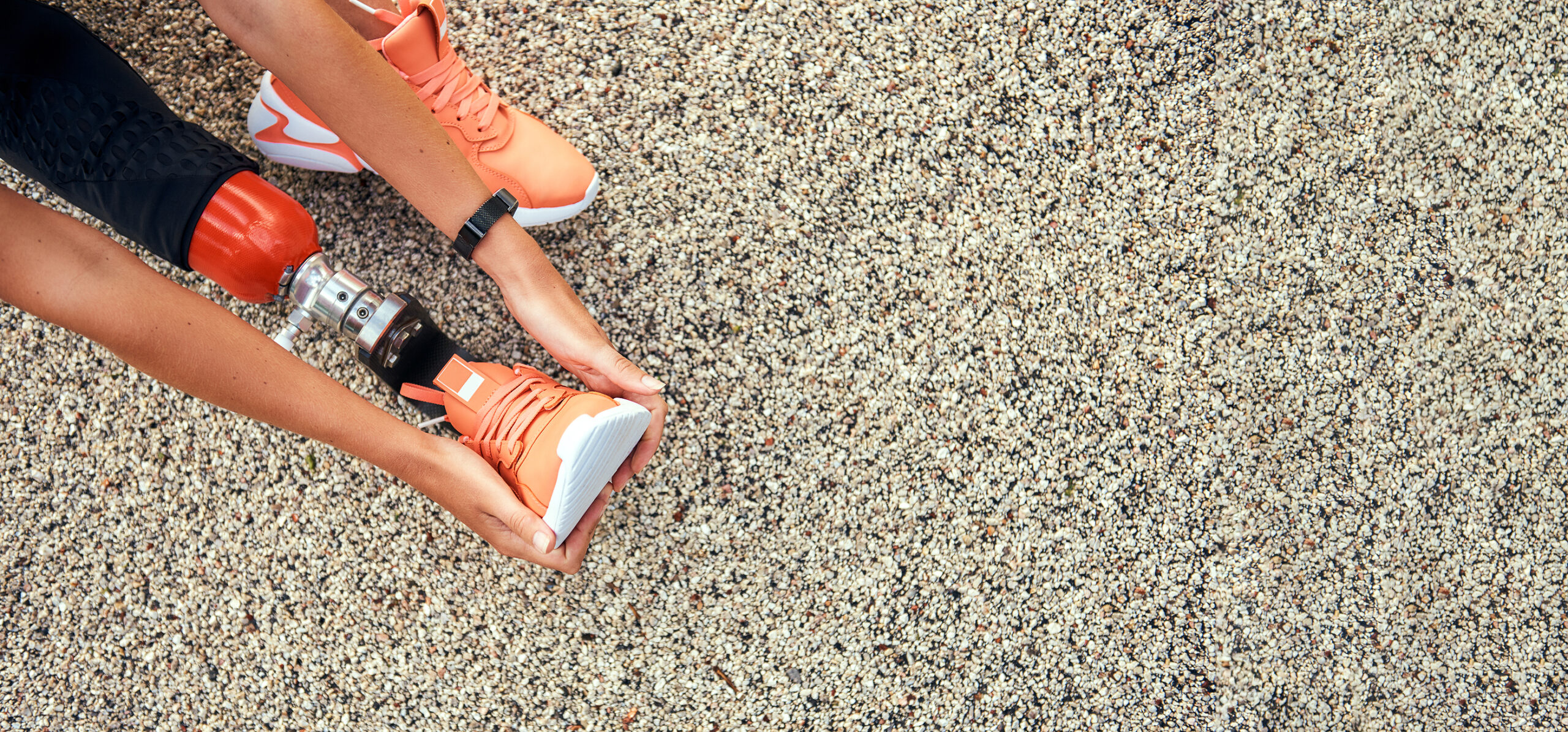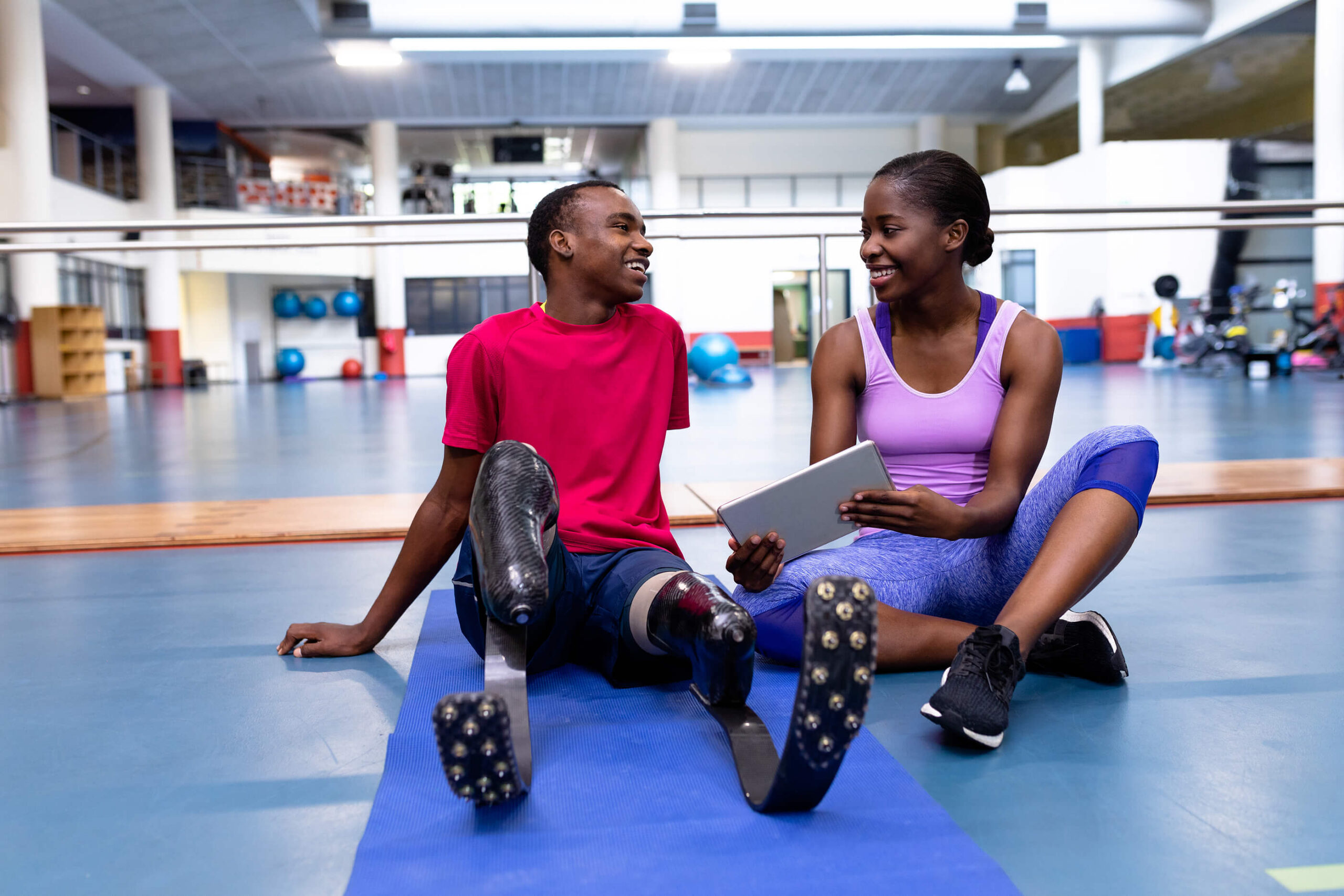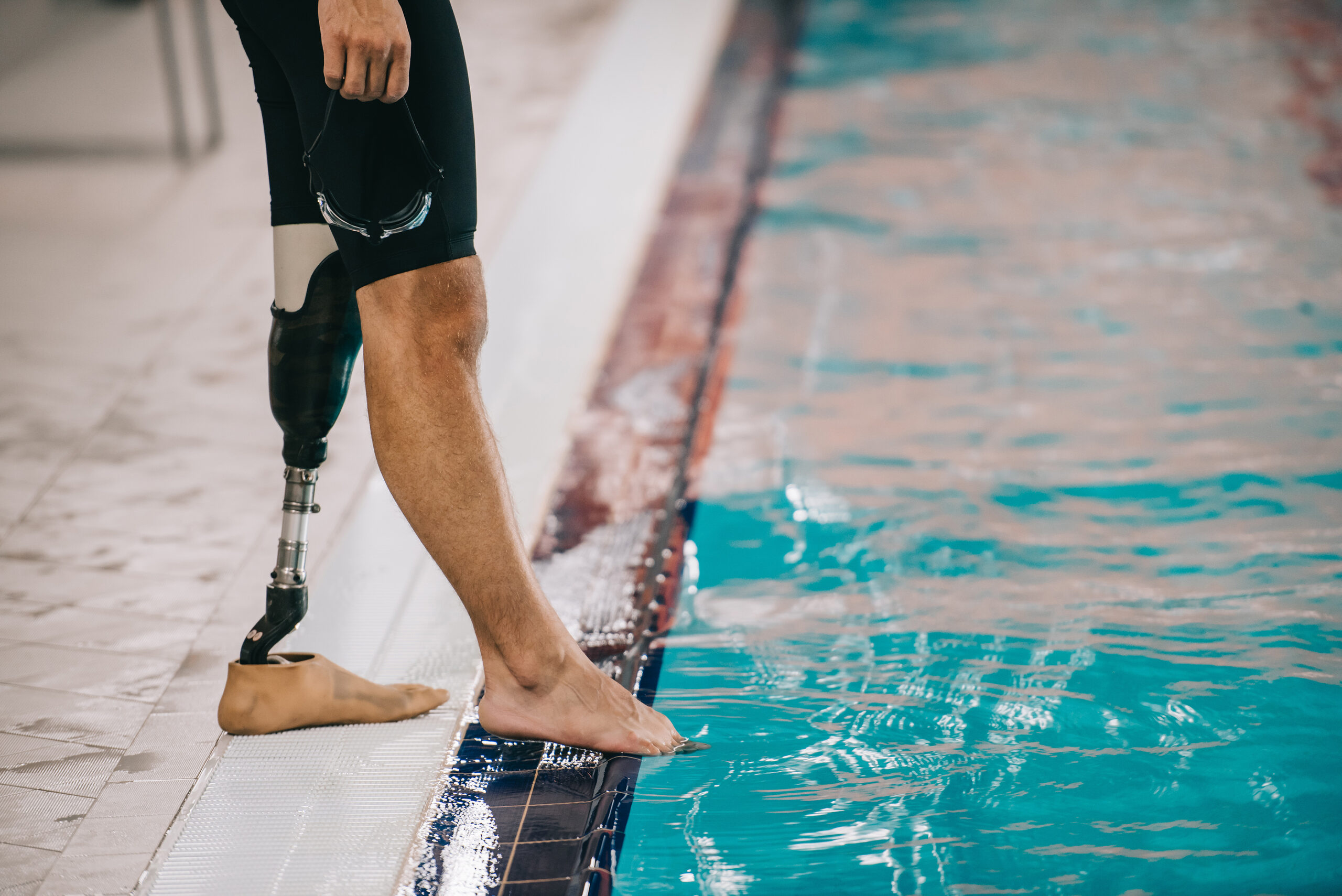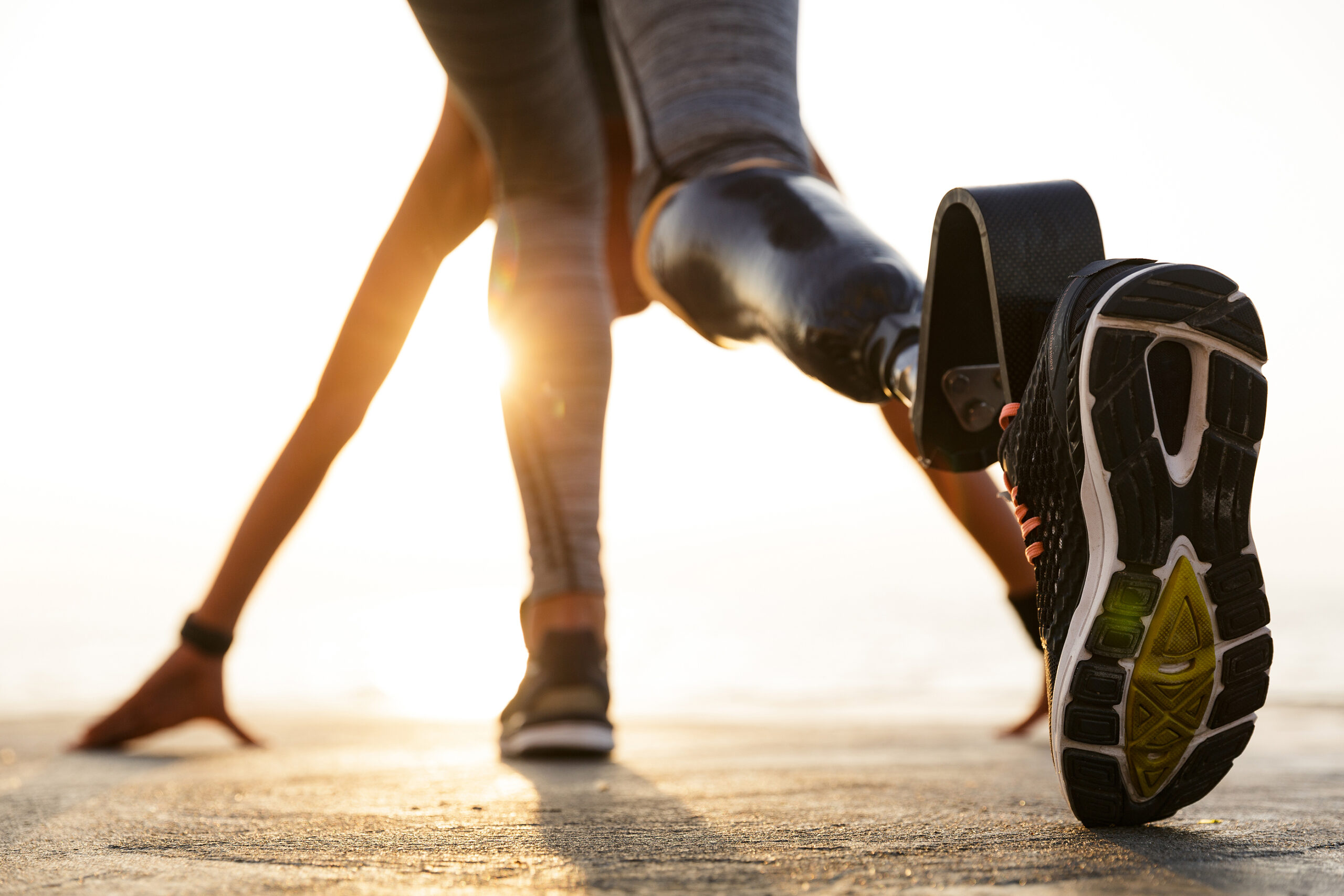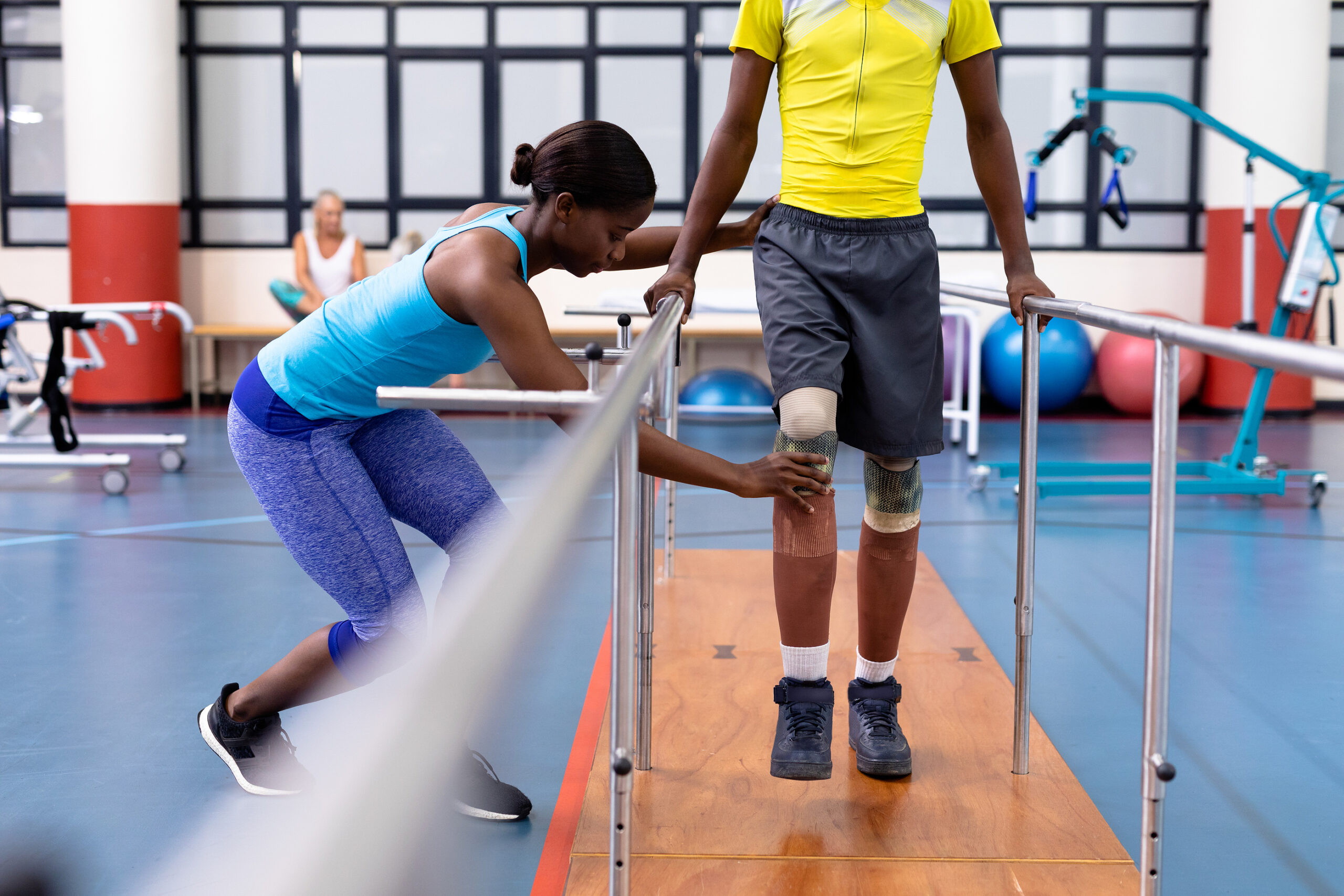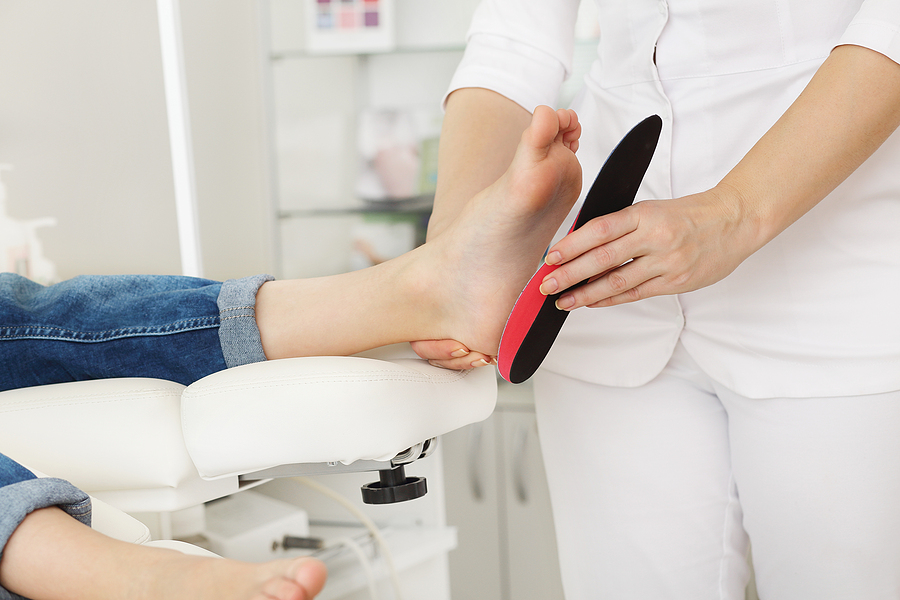If you take a moment to reflect on all the things that you take care of every day, we’re willing to bet the list is long. In addition to taking care of themselves, family members, children, pets, plants, their homes, cars, and gardens, everyone needs to make time for a certain level of self-care to make sure they’re looking, feeling, and operating at their best level. Part of taking care of yourself and your possessions involves regularly cleaning and maintenance to make sure that everything is functioning properly. Taking care of your prosthetics, orthotics, and other aides you might use on an everyday basis is no different.
Orthotic and prosthetic devices can be instrumental in helping you maintain your ability to function and move around with ease, and when you know how to clean orthotics, and how to clean and take care of prosthetics, you not only extend the life and quality of your devices, but you keep yourself more comfortable.
Below, we’ll go over the difference between orthotics and prosthetics, how to clean orthotics, care for prosthetics, and how to find orthotics and prosthetics service when you need it.
What Are Orthotics?
When most people think of orthotic devices, they think of insoles for shoes, but orthotic devices can aid in more than just your feet. Orthotic devices are prescription and custom-made to fit you to support your neuromuscular and skeletal systems. They’re intended to control, limit, or guide movement in the area they’re being used.
Orthotic devices are really common to use after an injury or chronic pain resulting from conditions like diabetes or arthritis, but they can also be used as preventive and corrective care, especially with children. Orthotics can be used on the cervical, thoracic, and lumbar spine; shoulders, wrists, hands, and elbows; and hips, knees, ankles, and feet.
How to Clean Orthotics
Orthotic devices, especially orthotic insoles, should be cleaned once a week. The best way to clean them is to wash them in tepid water with a mild soap or detergent, gently scrub them, and allow them to air dry. You never want to place your orthotics in a washing machine or dishwasher (it has happened!) or a clothes dryer, as you don’t want to use heat of any kind on them. Because they are custom-molded to you and your body, adding heat can alter their shape, which makes them ineffective and can lead to more pain.
What Are Prosthetics?
A prosthetic device, or prosthesis, is an artificial device intended to repair, replace, or support a missing or compromised body part, which can be the result of a birth defect, sickness or disease, or traumatic event such as an accident.
Prostheses are meant to provide you with the normal function of the missing body part. When most people think of prosthetics, they likely think of an artificial limb, but the term actually includes devices like eyeglasses, hearing aids, pacemakers, and dentures. Prosthetic devices must also be fit under the care of a doctor and prosthetic device specialist.
How to Care For and Clean Prosthetics
One of the most important things you can do when caring for and cleaning your prosthetic device is to start by taking care of and cleaning your residual limb. It’s really important to keep your residual limb clean; otherwise, it’s possible to develop a rash, skin ulcer, or infection. You should clean your limb at least once a day with mild soap and warm water, and always make sure it’s completely dry before putting on your prosthetic.
You also need to be careful not to clean it too much or scrub too harshly. Overcleaning or
abrasive scrubbing can cause your skin to break down, which can also lead to infections. Don’t shave too close to the amputation site, and don’t wear lotion or cream unless you’ve discussed this with your doctor beforehand.
When it comes to proper cleaning and care, prosthetics need to be cleaned every day. We suggest timing your cleaning for the end of the day to allow enough time for them to dry before you wear them the next day. You should wipe down your prosthetic device with warm water and mild soap, dry it, and then wipe it down with rubbing alcohol to prevent any fungal or bacterial growth. As with your skin, you want to be gentle so that you don’t damage your prosthesis.
Orthotics and Prosthetics Service
With both orthotics and prosthetics, you need to regularly follow up with your doctor and with professionals like our team at Prosthetic One, who offers comprehensive orthotics and prosthetics services. Having your device regularly checked, inspected, and altered if needed is the best way to keep your device functioning optimally and to keep you comfortable.
To learn more about how to care for your prosthetics, orthotics, and other aid devices, contact our team today!


